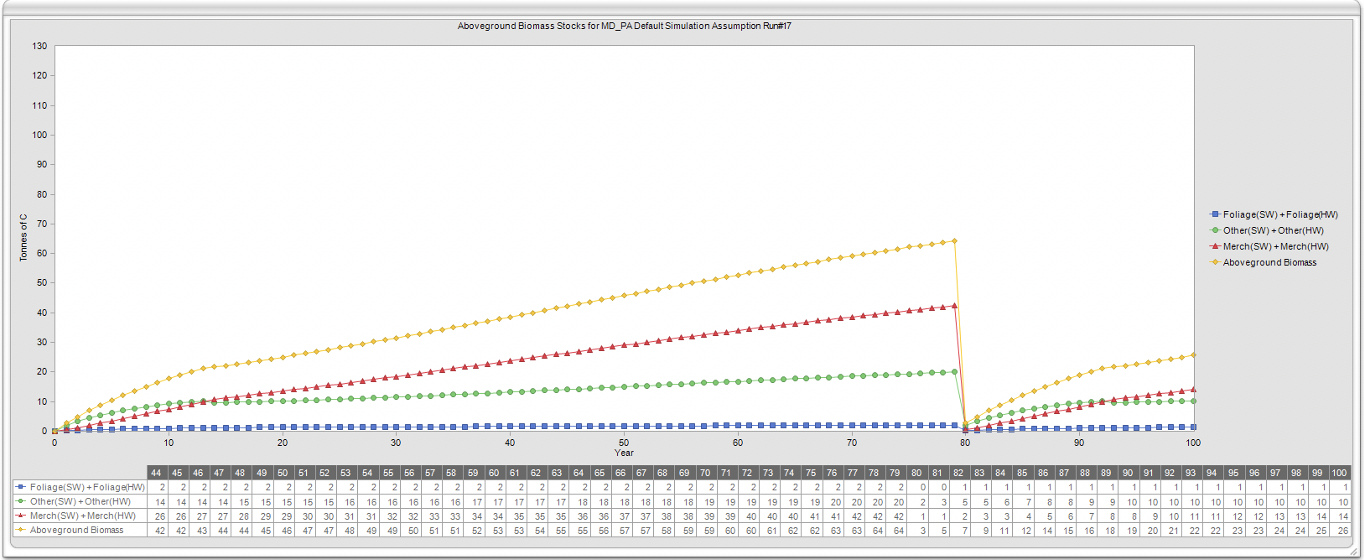Modeling the impacts of forest management on carbon sequestration and storage: a collaborative exercise with state partners
Chad Papa, Research Assistant for the FCCP, publishes "Modeling the impacts of forest management on carbon sequestration and storage: a collaborative exercise with state partners."

By: Chad Papa
The forestry sector provides substantial mitigation potential for anthropogenic increases in atmospheric carbon dioxide (CO2). Various forest management activities and conservation efforts can reduce the rate of increasing atmospheric CO2 and continue to store carbon within the terrestrial land sink. Additionally, wood products derived from forestry activities have strong capabilities to displace emissions associated with other sectors such as construction and fossil fuel production.
The MSU Forest Carbon and Climate Program (FCCP) is working collaboratively alongside American Forests, the Northern Institute of Applied Climate Science (NIACS), and state government partners within the natural resource sector to model the effects of forest management and conservation on future greenhouse gas emission. Together, we are establishing a collaborative exercise along with our state partners in Pennsylvania, Maryland, Michigan, Minnesota, and Wisconsin that may be used to inform policy and management decision to best utilize current scientific research to mitigate climate change within the forestry sector.
We will be applying the Operational-scale Carbon Budget Model of the Canadian Forest Sector (CBM-CFS3) to model statewide forest sector carbon dynamics in five US states. The CBM-CFS3 is an operational-scale aspatial model that simulates forest carbon stock dynamics in compliance with the IPCC Good Practice Guidance for Land Use, Land-Use Change and Forestry (2003) report. The model incorporates a variety of forest inventory data, growth and yield data, harvest schedules, land-use change, and supplemental ecological parameters to monitor, simulate, and compare forest carbon stock changes. We will utilize rFIA, an ‘R’ package within the ‘R’ coding environment, to unlock to the potential of the Forest Inventory and Analysis Database to parameterize the model using US based forest inventory records, growth data, and volume-to-biomass conversions allowing us to apply the model framework with the US.
Currently, the FCCP and our partners are engaging with 5 US states to model various scenarios. In conjunction with our state partners, we will develop a variety of target goals and management scenarios incorporating forest sector activities and climate simulations to explore the role forests have in mitigating GHG emissions. Furthermore, model outputs will be fed into an associated harvest wood products model to conduct a life cycle analysis to interpret the role wood products can play in storing carbon and offsetting GHG emissions through the substitution effect.
Our long-term goal is to continually build capacity within state policy making to understand the role of forest management under climate change. Working directly with state decision-makers in natural resource management agencies, we expect these results to have immediate impact for forest management in these states.




 Print
Print Email
Email